Have you ever admired handmade jewelry and wondered what techniques the jeweler used to create the piece? If so, we’re here to help you hone your eye! Read on for tips on how to identify different jewelry making techniques, then scroll down for a fun quiz to test your jewelry making IQ!
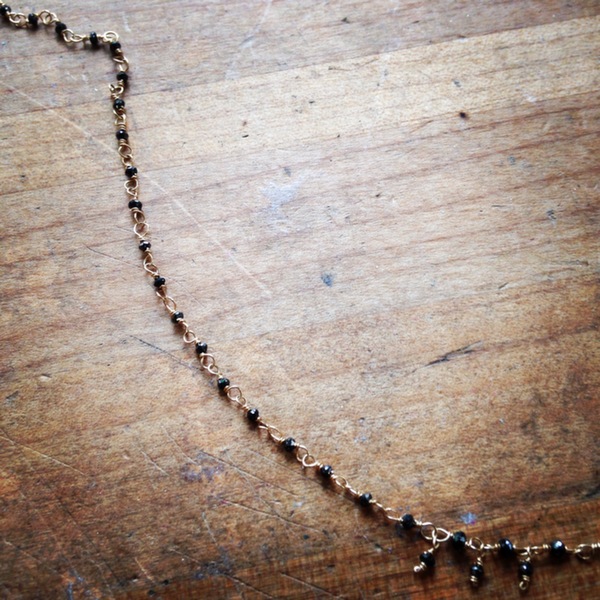
Wire-wrapping
The range of wire-wrapping techniques appeal to both beginner and experienced designers alike. There are more basic techniques, like making hoops to more complex, like wrapping briolettes. The chain above is one example of a piece that has been wire-wrapped. Can you distinguish what makes it different from the other techniques below?

Sawing
Here, a jeweler’s saw was used to cut designs out of sheet metal. You can use a saw to cut the outline of shapes like I did in the photo above, or you can use it to make a more complex design where pieces are cut out of the center of the work. Additional techniques like hammering can then be added to give even more dimension.
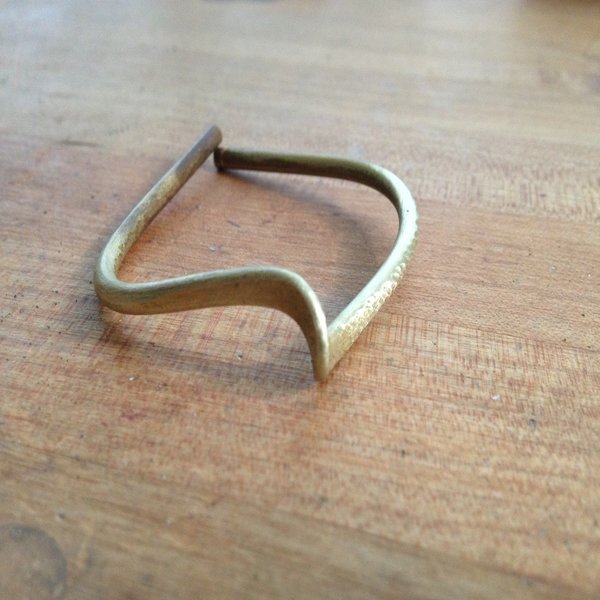
Forging
To forge means to form by heating and hammering. Characteristics of this kind of work usually include a slightly hammered appearance and can include flowing curves. A piece of metal will be heated and hammered until it becomes “work hardened,” meaning that it can no longer be shaped without cracking or simply not moving the way the artist wants it to. The piece will then be annealed (using heat to re-soften the metal) and once again hammered. Depending on the piece being made, this process may happen repeatedly throughout the entire production.
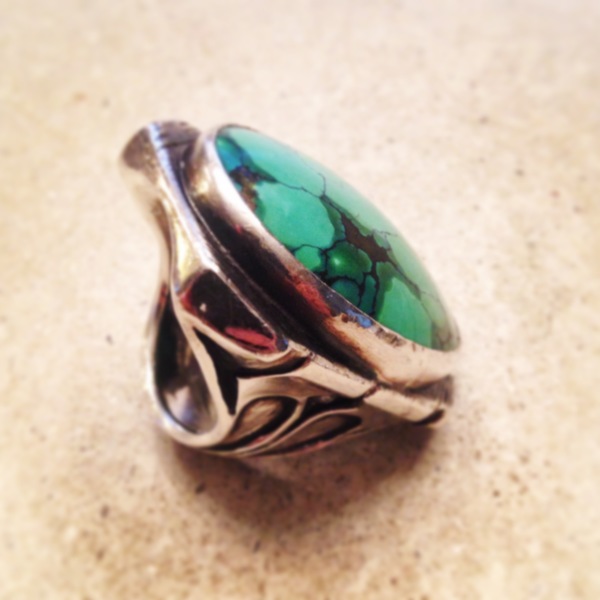
Soldering
This is a process in which two or more metal pieces are attached to one another using solder (a metal that has a lower melting point than the adjoining pieces.) Soldering is a general term and while also used in the tech and plumbing worlds, soldering from jewelry has slight differences. The metals used here might need to be heated to higher temperatures or different processes might need to be used. You might find soldering attaching a jump ring to a pendant, an earring hook to the back of an earring, or a bezel setting to the top of a piece of sheet metal.
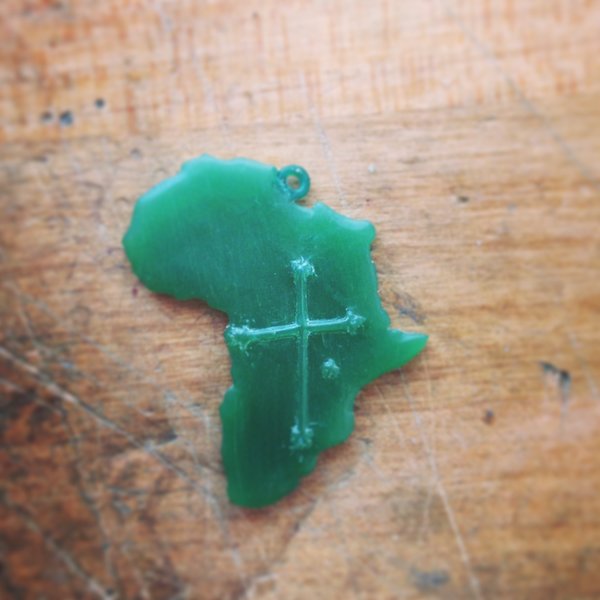
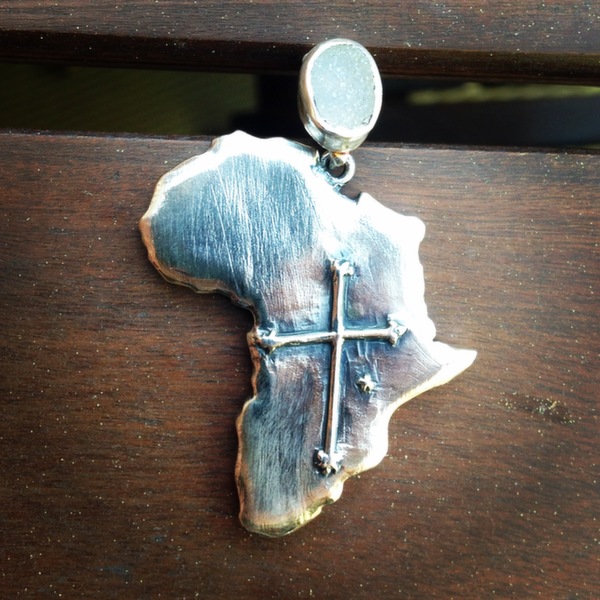
Casting
Casting is a process where a piece of wax is formed into a desired shape and a mold is made. After the wax has been heated in a kiln and burned out, molten metal is poured into the cavern left by the original wax. Very sculptural, 3-D pieces are common, but it is also a great way to make many pieces that are exactly the same. The original wax is shown above, as is the finished product. 
Cold connections/riveting
This is when two or more pieces of metal are attached while using no heat. It’s often used when heating a piece would destroy aspects of the work. A hole is drilled into the pieces that will be joined and a piece of wire is tightly threaded through. The rivets are then hammered so they slightly widen and the holes will be secured together. There are many systems that have been developed to take the guesswork out of riveting, including both the rivets themselves and the tools to bore holes and flatten them.


3-D printing
Yep, the future is here. While most of the techniques mentioned above can accomplish the same things that a 3-D printer would be able to do, printing pieces can save both time and materials. 3-D printing is the gradual buildup of a material to create a tangible object from a digital file.
OK, now that you have a general overview, grab your pen and see if you can guess what processes were used to make the following:
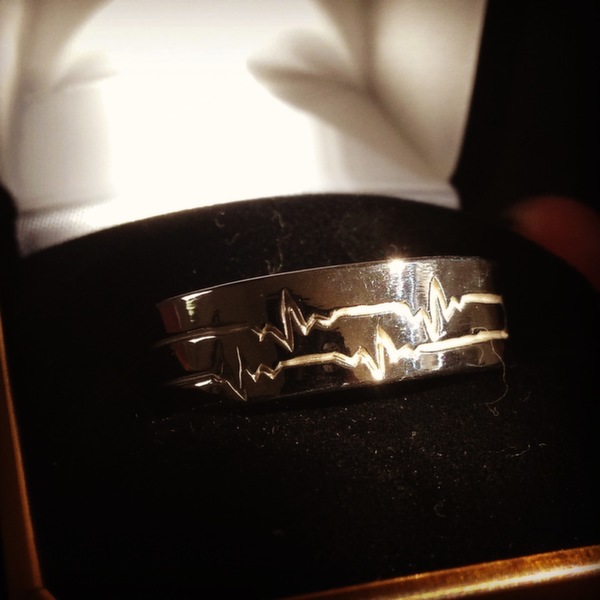
1. Is this piece:
A. Forged
B. 3-D printed
C. Cast
D. Riveted
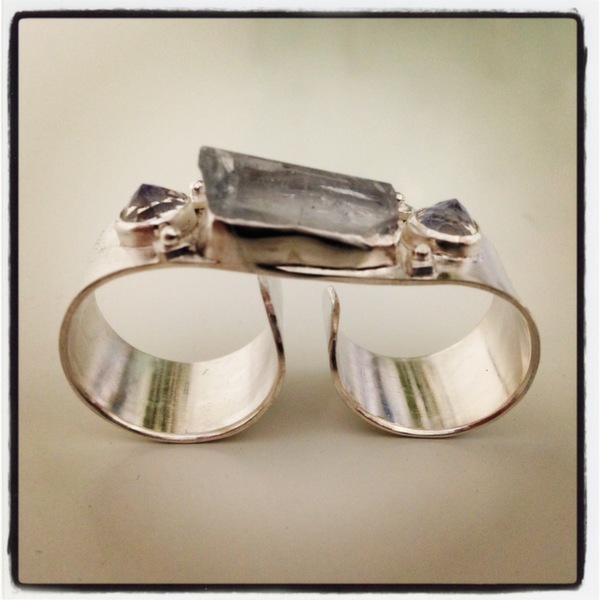
2. Is this piece:
A. Forged and riveted
B. Forged and soldered
C. 3-D printed and soldered
D. Soldered and wire-wrapped

3. Is this piece:
A. Forged and wire-wrapped
B. Wire-wrapped
C. Soldered and wire-wrapped
D. Soldered and Riveted

4. Is this piece:
A. Riveted
B. Soldered
C. Forged
D. Cast
Answers: No peeking!!
1. C — The piece was carved out of wax and then cast
2. B — The basic frame was forged and then bezels for the stones and decorative accents were soldered.
3. A and B are both correct
4. D — The piece was carved out of wax and cast. Then the opal was set.
Learn these jewelry techniques right here on Craftsy! Browse our growing selection of online jewelry making classes today!

Share tips, start a discussion or ask one of our experts or other students a question.
No Responses to “Jewelry Making Terms You Should Know + A Fun Quiz to Test Your Knowledge”